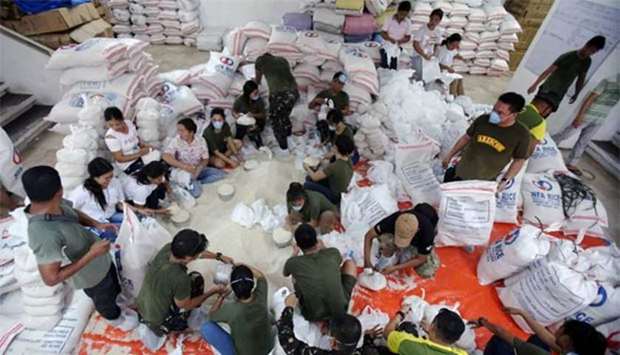More than 11,000 residents displaced by the eruption of the Philippines' most active volcano have been allowed to return home despite continuing lava emission, officials said on Friday.
Residents of Legazpi City in Albay province, 330 kilometres south of Manila, were told it was safe to go back to their homes because activity on Mayon Volcano was so far limited to what they termed "quiet lava effusion."
"There's actually no reason for them to evacuate but they were fearful when they saw (the lava flows from) Mayon Volcano," said Miladee Azur, head of the city's disaster risk management office.
Azur said the residents' evacuation was voluntary because their homes were located away from the 7-kilometre extended danger zone.
"It was not a mandatory evacuation," she said. "We just accommodated their willingness to evacuate because they couldn't sleep at night."
According to the Philippine Institute of Volcanology and Seismology, the alert at Mayon remained at level 3 which means a hazardous eruption could be possible within weeks.
"The current activity can be described as continued lava eruption or non-explosive lava eruption," said Renato Solidum, director of the Philippine Institute of Volcanology and Seismology (Phivolcs).
More than 24,000 residents were still staying at evacuation centres in seven towns and cities at the foot of Mayon, according to the national disaster relief agency.
The 2,463-metre volcano has erupted about 50 times since 1616. The last deadly eruption was in May 2013. Five hikers were killed and seven people injured in that incident.
Mayon's most violent eruption was in 1814, when more than 1,200 people were killed and a town was buried in volcanic mud. An eruption in 1993 killed 79 people.

Soldiers and government employees prepare relief goods to be distributed to the evacuees affected by the minor eruption of Mayon Volcano in Albay province, south of Manila, on Thursday.


